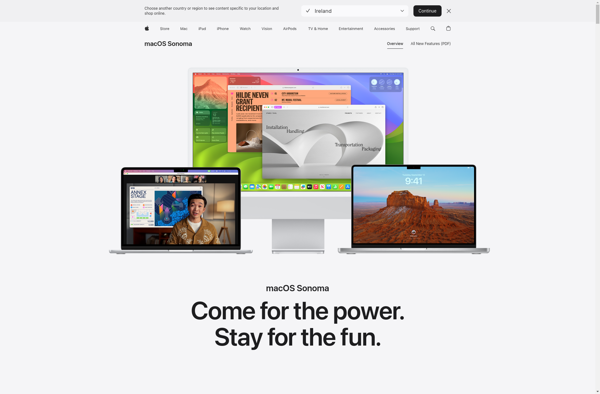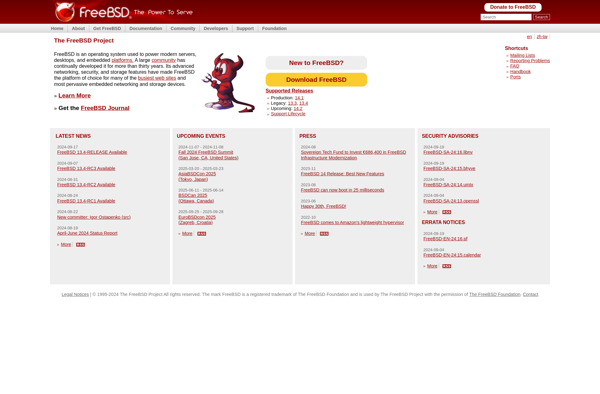Windows Millennium Edition

Windows Millennium Edition (Consumer Operating System)
A consumer-oriented operating system released by Microsoft in 2000, known for its bugs and instability.
What is Windows Millennium Edition?
Windows Millennium Edition (also referred to as Windows ME or WinME) was a major release in the Windows 9x line of operating systems released by Microsoft in September 2000. It was intended to be an updated consumer-focused operating system based on the Windows 98 kernel, positioned between the company's business-oriented Windows 2000 and the consumer Windows 98.
Windows ME was plagued with stability issues and criticisms upon its release. It was ridiculed in the press as the "Mistake Edition" over its many bugs, crashes, and hardware compatibility problems. Several of its upgraded features were noted to be unreliable, unfinished, or unsupported by software developers. As a result, Windows ME failed to gain traction in the consumer market. It would be soon replaced by the more stable Windows XP in late 2001.
Some of the key features introduced in Windows ME included System Restore for rolling back system files to a previous state, increased multimedia and hardware support capabilities, enhanced web integration tools, and updated home networking functionality. However, these features came at the cost of the system's reliability and speed.
Within less than a year of release, Microsoft shifted its promotional focus to the forthcoming Windows XP and Windows Server 2003 products, and support for Windows ME effectively ended in 2003. Due to its troubled reception and short lifespan, Windows ME is considered one of the worst Windows versions Microsoft has released.
Windows Millennium Edition Features
Features
- New home networking technology and file sharing
- Faster start-up and improved System Restore utility
- Internet Explorer 5.5 web browser
- Windows Movie Maker for basic video editing
- New visual styles and themes
Pricing
- One-time Purchase
Pros
Cons
Official Links
Reviews & Ratings
Login to ReviewNo reviews yet
Be the first to share your experience with Windows Millennium Edition!
Login to ReviewThe Best Windows Millennium Edition Alternatives
Top Os & Utilities and Microsoft Windows and other similar apps like Windows Millennium Edition
Here are some alternatives to Windows Millennium Edition:
Suggest an alternative ❐Ubuntu

MacOS

Linux Mint

ReactOS

Debian

Fedora

FreeBSD

OpenSUSE

Red Hat Enterprise Linux

Kubuntu

Gentoo

Xubuntu
